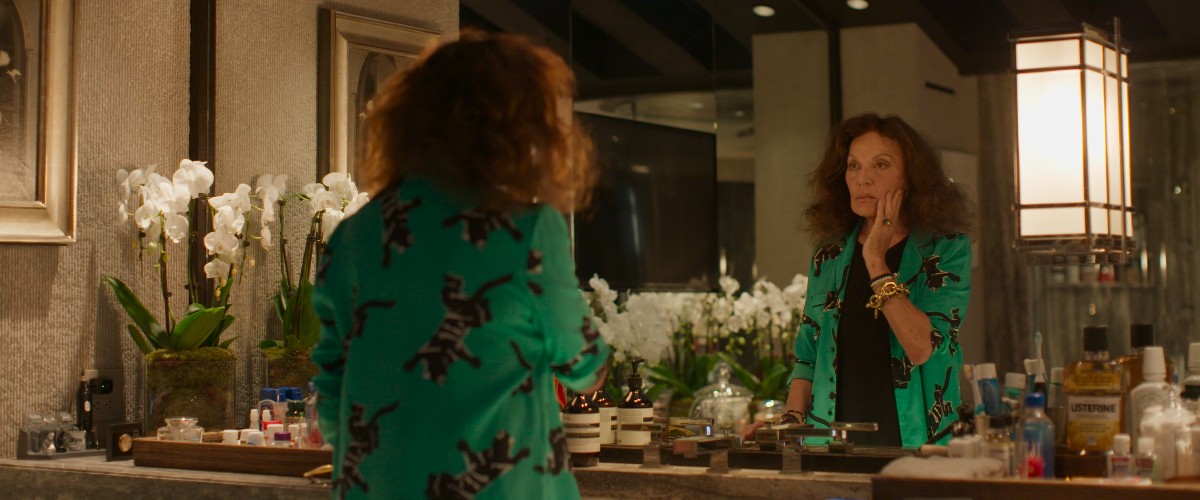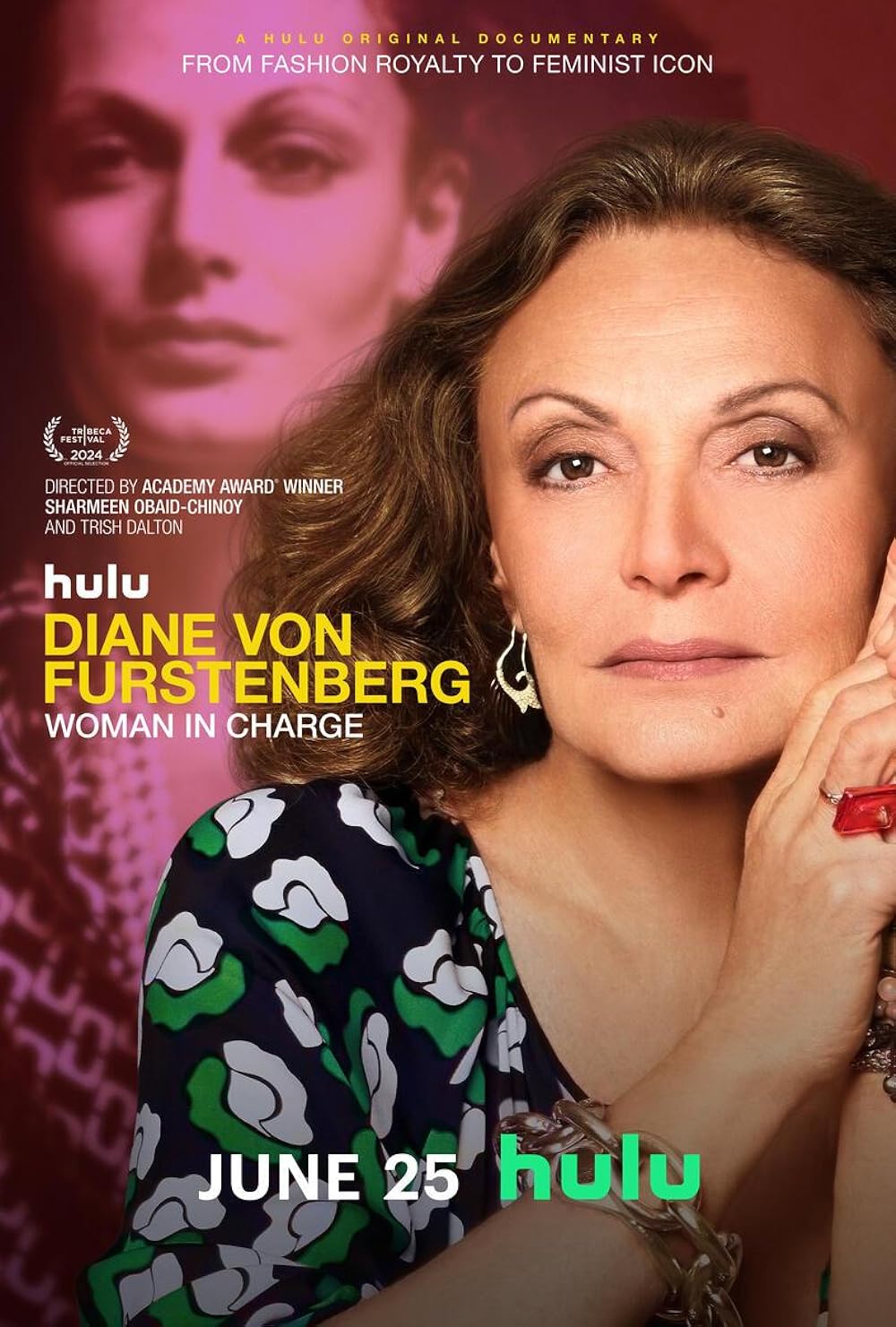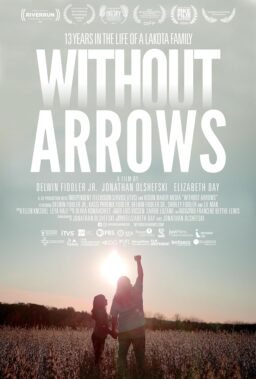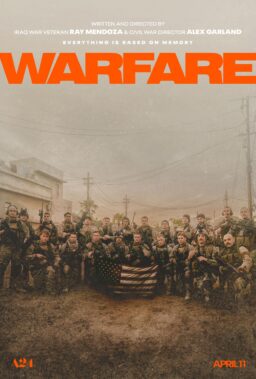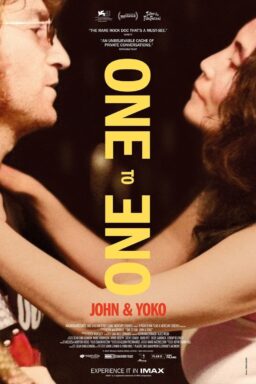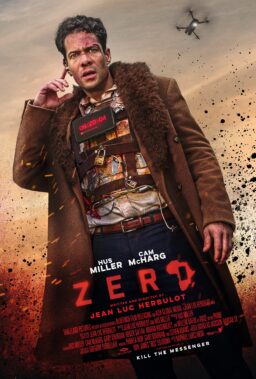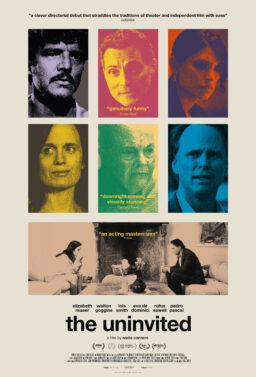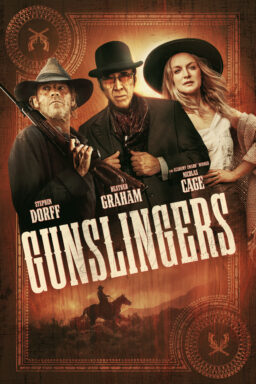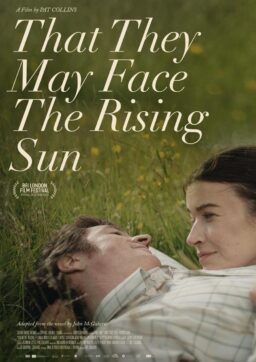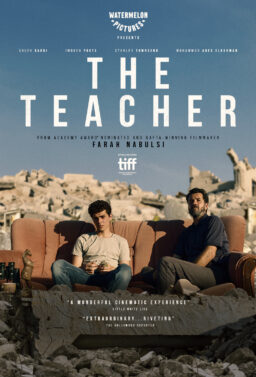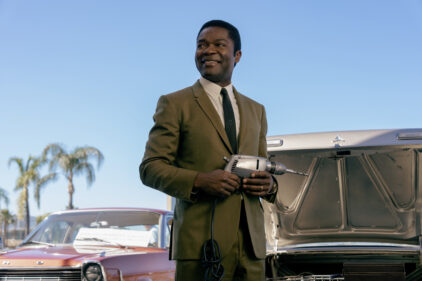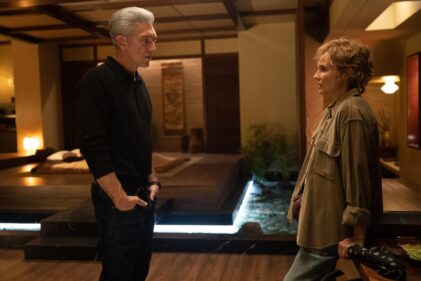“God saved me so I could give you life.” So said concentration camp survivor Liliane Halfin to her daughter, Diane Simone Michelle. Weighing in at 49 pounds after being freed from Auschwitz, Lily gave birth just 11 months later to a girl who grew up and changed the world of fashion and its associated business models forever. But for all the glitz, glamour, and struggle portrayed in “Diane von Fürstenberg: Woman in Charge,” now on Hulu, the documentary about the designer’s life elides more problematic aspects of Diane’s life and skates by on the girlboss-ness of it all. It’s breezy and entertaining, certainly, but ultimately feels like little more than a 97-minute ad for the wrap dress.
The filmmakers were likely thrilled by the meticulous trove of photographs, home movies, and press clippings von Fürstenburg has maintained throughout her life. Childhood birthdays, family holidays, and teen boarding school years are assembled in cheery montages. Polaroid after Polaroid depicts Diane’s childhood in Brussels, young adulthood in London, and meeting Prince Egon von Fürstenburg, an Austrian aristocrat, while both were in college.
Their life together, as a jet-setting couple partying in Cortina, Rome, and Paris, is detailed breathlessly through newspaper archives featuring photos of the attractive couple, arm in arm, dressed to the nines. Diane held a variety of jobs before discovering she was pregnant. The pair got married, but the royals didn’t hide their disapproval of a Jewish daughter-in-law, attending only the ceremony and not the reception. Diane was subject to upsetting remarks while visiting her new husband’s family castle. “I don’t remember what was said,” Diane says. “But I do remember the conversation I had with my unborn child. ‘We will show them,’ I said. ‘We will show them.’”
The couple moves to New York; what Egon did for work is never mentioned (Wikipedia cites stints in fashion and finance), but he encouraged his wife to bring her suitcase of samples she’d made, including T-shirts and scarves. With the mentorship of Vogue editor Diana Vreeland, Diane began her own fashion house. She found inspiration in an unlikely place: Julie Nixon, defending her father on television while wearing one of Diane’s matching wrap tops and skirts. Thus, the wrap dress was born. In an era where Gloria Steinem marched in the streets, and women could only have a bank account or credit card with the approval of a male relative, the garment, marketed to women’s innate and powerful femininity, sold so well it eventually saturated the market.
As her marriage to Egon crumbled—he was openly bisexual and not shy about his many affairs—Diane ran into business troubles throughout the 1980s, her overnight fortune of millions crashing and burning until she relaunched her business at a little network called QVC. (Financial assistance/advice from second husband Barry Diller likely helped too.) Business boomed again when a new generation of women, including Paris Hilton, Michelle Obama, and Amy Winehouse, sported the wrap dress in public. Though not exactly a retiree, Diane now concentrates on her nonprofit advocacy for women making a change in the world.
Certain issues referred to only in passing by the designer’s children, Irish twins Alexander and Tatiana, go unexplored. So engrossed was their mother in her new, wildly successful business—and the liberatory nightlife scene of New York City in the 1970s and early ‘80s—that she, according to her own admission, did not have enough time for them. Tatiana even dances around the word “neglect,” but a note she wrote her mother as a child, in loopy grade school cursive, which Diane kept pinned to a corkboard but confessed she did not understand, plainly states, “You know nothing about my life.” Ironically, von Fürstenburg’s absence from her children’s lives, which necessitated Lily moving in as a full-time caregiver, resulted in a dynamic not unlike Diane’s own when she was a child, having to cater to and plan her life around her mother.
At the beginning of the film, she mentions worrying about her mother’s physical and emotional health from an early age: “I was never a child. I was always a grown-up.” Tatiana and Alexander, too, learned to travel alone and cook at an early age, seeing their mother at dinnertime and giving her a quick morning kiss before school as she lay in bed with a lover. Perhaps most heartbreakingly of all, Diane and Egon’s absence and the parenting attitudes of the era meant no one noticed that Tatiana was born with a neuromuscular disease, one that wasn’t diagnosed till she took herself to the doctor at age 21. Diane admits this is a huge regret, and Tatiana, too, said her mother’s efforts to bond with her as she grew older were “too little, too late.”
Equally perplexing is the filmmakers’ decision to interview journalists who profiled Diane at great length throughout her life, but none of Diane’s controversial remarks in said articles are ever questioned or even mentioned. Though she says she was in love with a woman as a young adult, a portion of a 1973 New York Magazine article about the von Fürstenburg’s marriage, clearly visible in the film, quotes Diane as saying, “Homosexuality is a kind of narcissism. It’s a big bore.” She went on to denigrate lesbians in detail.
No one bothers to question why Diane partied regularly with monstrous war criminal Henry Kissinger, nor her tone-deaf comments on plus-size women, to say nothing of her efforts to gentrify the Meatpacking District, which resulted in the area, previously a haven for queer and trans sex workers, being kicked out, to instead be replaced by DVF’s flagship branch and a bevy of overpriced, aggressively mediocre eateries. (This shift was also depicted, in remarkably transphobic terms, on “Sex and the City,” as Samantha moves into a “MePa” loft.)
“Diane von Furstenberg: Woman in Charge” goes out of its way to avoid controversy, depth, or nuance. With the exception of close friend Fran Lebowitz and colleague Gigi Williams, none of the interviews add substance to the narrative. Oprah Winfrey and Hillary Clinton are reliably gushy about Diane’s achievements; New York Times fashion critic Vanessa Friedman, designers Marc Jacobs and Christian Louboutin have nothing negative to say about this woman to whom they’re paying tribute. While that’s understandable, it hardly makes for compelling cinema.
Yes, it’s clear Diane von Fürstenburg led, in her own words, the life of a man in a woman’s body. But does that mean she is immune to criticism, exempt from a more layered exploration of her life? The film ends with a lengthy celebration of Diane’s life and advocacy for women, but it doesn’t make space to recognize those who were pushed out, neglected, or left behind by her reign.

